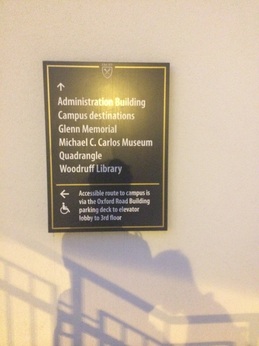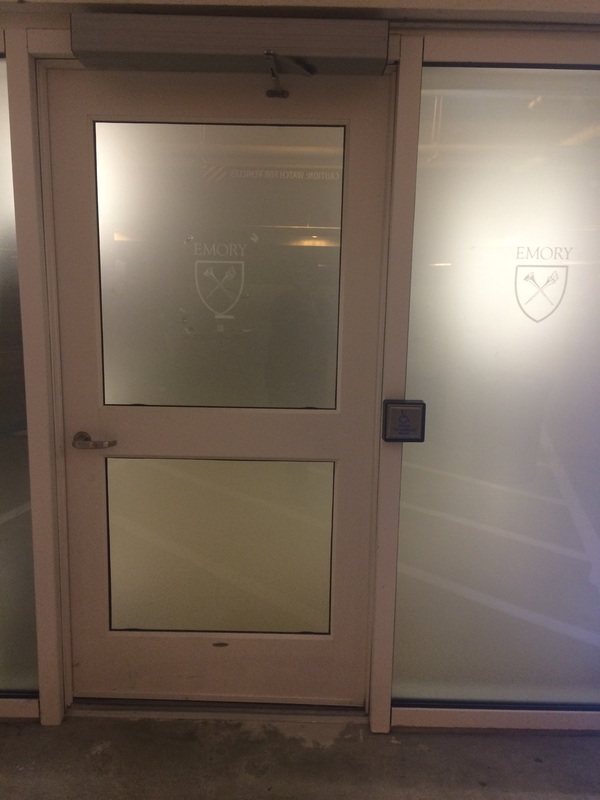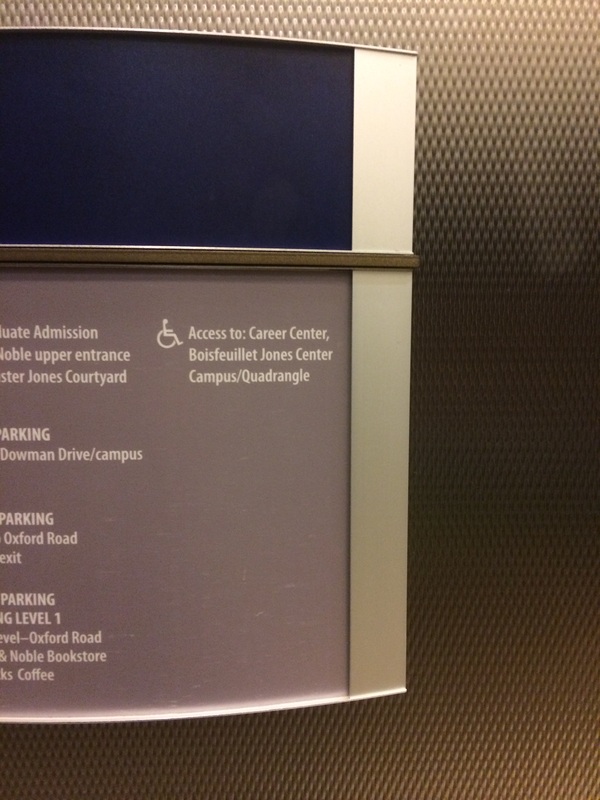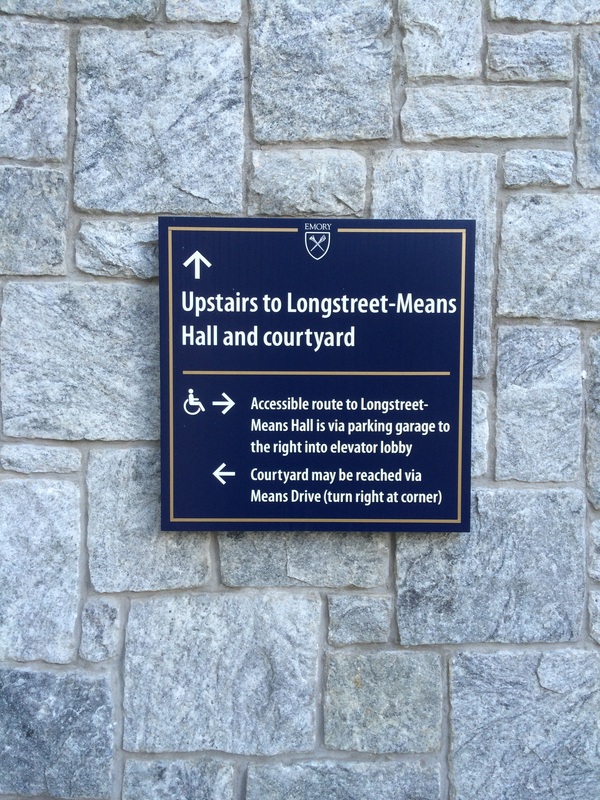I am an outgoing person who is always willing to communicate with others and share my thoughts and opinions. I am an independent thinker; I am eager to expand my own creativity when finding my own solutions to dilemmas and riddles. And for the same problem, I will try different approaches and analyze from different perspectives to maximize my efficiency by taking the best solution. Thus, I think I would like to be a consultant in the future. It is because as a consultant, I am always faced with tricky problems and trying to find the best strategy for my partner; I am always required to work in a group with so many smart people who have brilliant thoughts and ideas and different perspectives on the same problem; I could communicate with different executives from the large firms and discuss the strategic management and overall situation with them. And last but not least, working on a project also requires a lot of travel, which may also gain me valuable experiences.
Currently, most of the consulting firms are expanding their business in the healthcare industries, helping the insurance company and healthcare institutions to design the most effective healthcare plans. And the healthcare plans are closely related to people with disability and other issues around disability. For Example, the Social Security Disability Insurance aims to help people with disabilities who meet certain medical and working criteria. And also, there are also some special insurance plans for people who work in some dangerous industries for the potential possibility of disability due to unexpected emergency.
| When I walked back to campus from Emory Village after having dinner, I persuaded my friend to walk up the stairs outside the Oxford Road Building instead of taking the elevator inside the building. Climbing up few steps, we accidently found a large parking garage and a signage on the wall. “Accessible route to the campus is via the Oxford Road parking deck to elevator lobby to 3rd floor.”
| | Following the signage, we entered the parking garage and passed through it, just to find an accessible entrance to the elevator lobby with an automatic pushing button the wall. In the elevator, there is also a signage for people with disabilities showing where this elevator and the accessible route are leading to. These signs give people with disabilities clear senses and valuable information about the accessible route by showing them the directions and destinations they could get to. However, I think the location of the first signage in not appropriate. As it is in the midway of the stairs that we need to climb up quite a few steps in order to see the signage, a wheelchair user could not even see the signage. So it is better to put the signage on the walls at the bottom of the stairs. Or, if the signage is designed for people going out from the parking garage, I think it is better put the signage on the walls inside the garage since the elevator lobby is in the garage.
This time, I am looking at the accessible restrooms at the Long Street Means Hall. It’s a men’s restroom on the third floor of LSM. From the outside, we could see a signage on the wall. And the door is pretty wide of about 36 inches, wide enough for a wheel chair user. However, the door use a lever knob, and one needs to push the door after spin the lever, so it may be inconvenient for a wheelchair user to open the door. Going into the restroom, we can see a toilet specially design for people with disabilities. The stall door is as wide as the entrance door of the restroom of 36 inches. And we could see there is really large space inside, almost double the size of an inaccessible one. The paper holder is just on the right hand side of the toilet and is pretty much reachable. Also, there are armrests on both of the walls. Last but not least, the basin is perfectly reachable for a chair user. So this is pretty much an accessible restroom for people with disabilities
This time, I am looking at different routs from Zaya to the Long Street Means Hall at Emory University and whether they are accessible for people with disabilities. Zaya is a Mediterranean restaurant behind the Long Street Means Hall (LSM). When we walk out Zaya, we can see LSM is just at the opposite side of the road. After crossing the street, we just need to climb up some stairs, pass the sidewalk along a lawn and here we are at LSM. However, it’s really inconvenient for people with mobility issues like wheelchair users to climb up the stairs. We need to find an accessible route.
| On the wall beside the stairs, we could see a sign say “Accessible rote to LSM is via parking garage.” Getting to the parking garage and going through it, I found an accessible entrance to an elevator lobby, and the elevator just takes me directly to the first floor of LSM. So it’s pretty much an accessible route. However, the only possible problem is that when you get into the garage, you will see a ramp on your left hand side and an elevator lobby as well, but it’s not the route we are finding but actually the accessible route from LSM to the Asbury Circle. Though it could also lead us to LSM, but the entrance is not an accessible one. So, it’s some kind of misleading without a clear signage in the garage.
| |
Dobbs Hall is a dormitory for first year students at Emory University. It is always the top choice for the freshmen because of its wonderful location in the central campus and close knit community. Today, we are looking at the entrances of Dobbs Hall and trying to examine whether they are “accessible” enough.
| | There are two face-to-face entrances at the first floor of the hall, both of which required a proxy card for entrance. The left door is an accessible entrance and will open automatically after you swiping your card and pressing the button. However, by taking a try, I found that the design of the entrance might be not considerate enough for people who may need to use the accessible entrance, especially wheelchair users.
| As we could see from the video, after I swiped my card and pressed the button, it took a long time for the door to fully open in a really slow movement, for nearly ten seconds. But, it just kept open for less than five seconds and closed in an extremely fast manner. That could be really dangerous for the wheelchairs users and those who use the crutch temporarily. As they always move at a relatively slow speed, five seconds may be too short for them to get into the entrance. And the door may even hit them when it shuts suddenly.
| Personally, I always use the other door on the right. Sometimes, I really get annoyed with the door. When I carry a lot of stuff on my hands, I need to put all of them on one hand or maybe some of them on the ground to get out the proxy card from my pocket. But after I swipe the card, put that back to the pocket, and pick up my stuff, the door just locks again. The door just keeps open for less than three seconds, which is really inconvenient for those who carry a lot on their hands. And to this specific group of people, the door is not necessarily accessible enough.
| |
|




 RSS Feed
RSS Feed